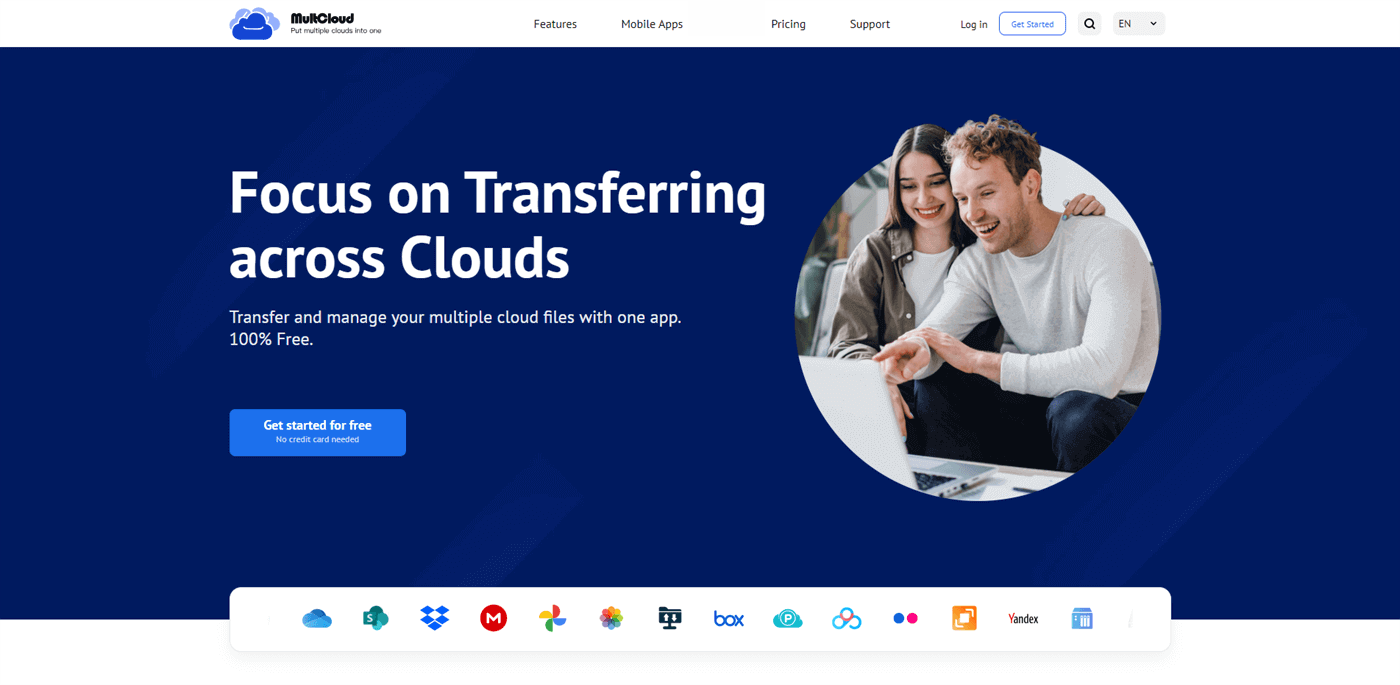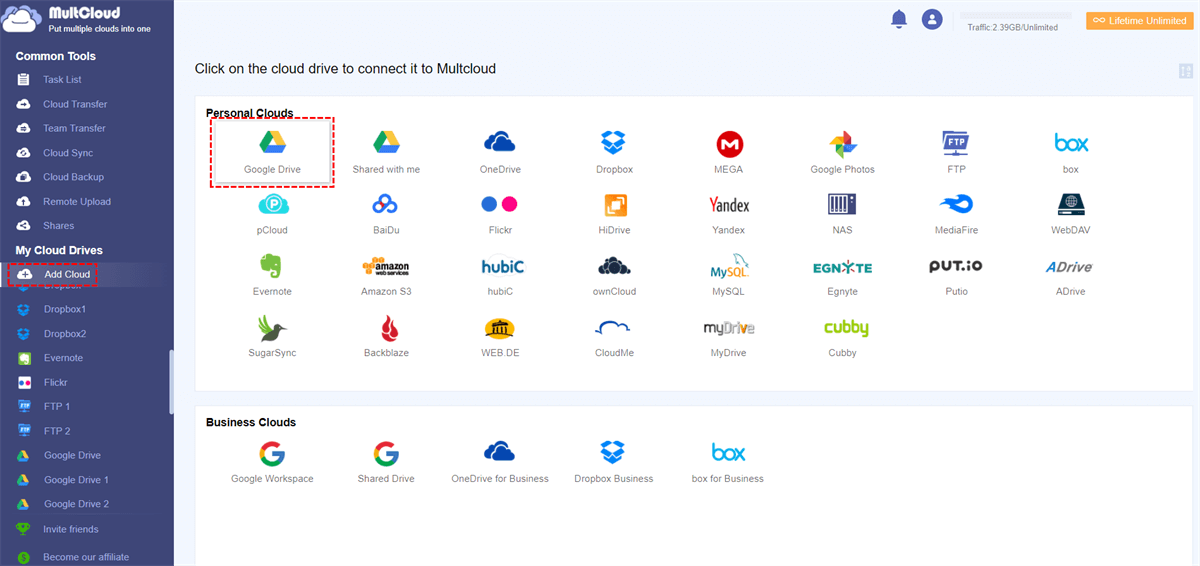Quick Search:
Why Map Google Drive as a Local Drive?
Google Drive, one of the most popular cloud storage solutions, allows users to store, access, and share files from any device with an internet connection. However, there are times when we need to access our files offline or want the convenience of managing them directly from our local file system. This is where mapping Google Drive as a local drive comes in handy.
In this article, we will explore various methods to achieve this and streamline our workflow. Whether you're a business professional, a student, or a creative individual, this guide will help you harness the full potential of Google Drive.
How to Map Google Drive as Local Drive
Google Drive offers a vast repository for storing files and collaborating with others. However, sometimes we require access to our files without an internet connection. Mapping Google Drive as a local drive allows us to work with files seamlessly, just as if they were on our computer's hard drive. This can significantly enhance productivity and streamline our tasks.
Google provides a useful tool called Drive for Desktop, which allows Windows users to sync their Google Drive files with their local system. To get started, download and install the Drive for Desktop from the Google Drive website. Once installed, follow the on-screen instructions to sign in with your Google account and select the folders you want to sync.
No matter you are using Window or Mac, you can utilize Drive for Desktop. After installing, sign in to your Google Drive credentials. Then, a virtual Google Drive disk will show up on your file explorer. Then, you can access your Google Drive offline.
Tip: While mapping Google Drive as a local drive can greatly improve workflow, users may encounter occasional hiccups. Some common issues include sync errors, file access problems, and conflicts with third-party applications. It's essential to keep the applications up-to-date and check for any service notifications or announcements from Google to address these issues promptly.
Bonus Tip: How MultCloud Simplifies Mapping Google Drive
In computing, local drives are physically connected to the computer (e.g., hard drive, SSD) and accessed through assigned letters like C: or D:. In contrast, network drives reside on remote computers or servers, accessed over a network. As mentioned before, sometimes, you can encounter difficulties when mapping Google Drive on your computer.
Meanwhile, with the development of cloud services, there are many practical and reliable cloud drive providers. And you may use multiple cloud drives at the same time. MultCloud offers you an easy and efficient way to access different cloud services without signing in and signing out of frequently.
MultCloud can help you map Google Drive as network drive on Windows 10 and Windows 11. On top of Google Drive, it also supports many other cloud drives on the market, such as Google Photos, Google Workspace, MEGA, Dropbox, OneDrive, SharePoint, iCloud Drive, iCloud Photos, Dropbox Business, OneDrive for Business, Box, Box for Business, and so on.
Additionally, MultCloud is a web-based cloud file manager that won’t take up your local storage space. Whether you are using Windows or Mac, you can take advantage of this tool to manage and organize your data efficiently and effortlessly. Now, read the following content to learn how to use MultCloud to access Google Drive easily:
Step 1: Register an account by your email. Or, you can log in with your Google/Facebook credentials.
Step 2: Navigate to the Add Cloud option on the left taskbar. Then all the clouds that MultCloud supports will display on the main page. By hitting the icon of Google Drive, you can add your account.
There is no limitation of how many accounts you can add on MultCloud. You can add multiple Google Drive accounts and other cloud drives. After adding, those cloud drives will be shown up on the left navigation bar. Then, you can visit different cloud drive with just a click. You are allowed to upload, download, share, rename, etc. For instance, you can sync Google Photos to a PC.
Apart from basic features, you can also transfer, sync, and backup files from one cloud to another without downloading and uploading. This is extremely useful when you quit one cloud drive and turn to another. It offers an industry-leading migration speed, which makes it easier and quicker to move large files between clouds. Backing up Google Drive to iCloud is a case in point.
Conclusion
So, how to map Google Drive as local drive? In this article, we explored various methods for both Windows and macOS users to achieve this mapping. Whether you opt for Drive for desktop or prefer third-party solutions like MultCloud, the key is to find the method that best fits your needs and enhances your productivity.
Anyway, if you turn to MultCloud, you can access and manage multiple cloud drives in one platform without any effort. In addition to transferring, syncing and backing up data across clouds, you can also download/upload files from URLs, torrent files, and magnet links to cloud drives in a hassle-free way.
Q: Can I access my mapped Google Drive files without an internet connection?
Q: Can I use MultCloud to transfer files between different cloud storage services?
MultCloud Supports Clouds
-
Google Drive
-
Google Workspace
-
OneDrive
-
OneDrive for Business
-
SharePoint
-
Dropbox
-
Dropbox Business
-
MEGA
-
Google Photos
-
iCloud Photos
-
FTP
-
box
-
box for Business
-
pCloud
-
Baidu
-
Flickr
-
HiDrive
-
Yandex
-
NAS
-
WebDAV
-
MediaFire
-
iCloud Drive
-
WEB.DE
-
Evernote
-
Amazon S3
-
Wasabi
-
ownCloud
-
MySQL
-
Egnyte
-
Putio
-
ADrive
-
SugarSync
-
Backblaze
-
CloudMe
-
MyDrive
-
Cubby



